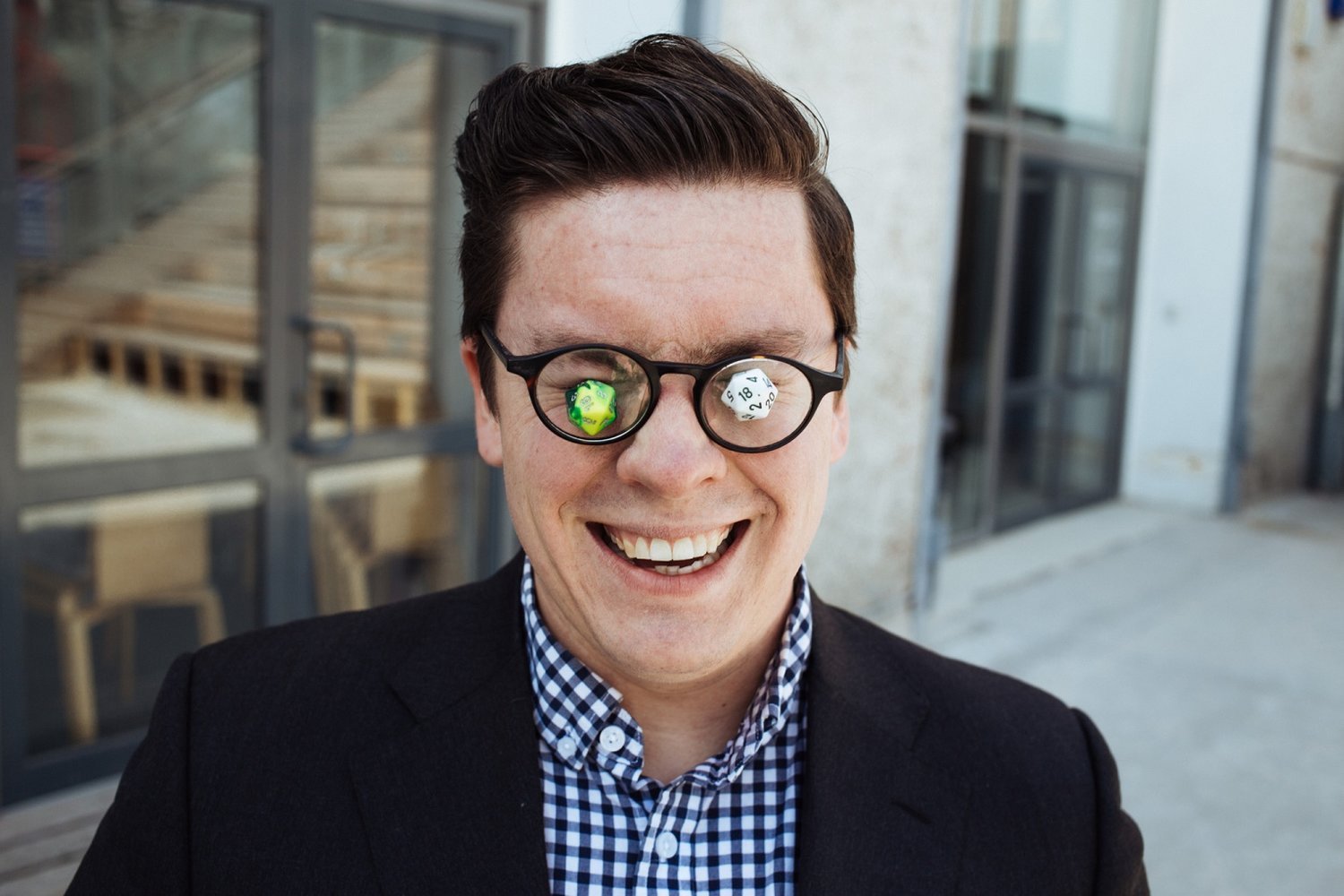Matthew Manos, Editor’s Note
The first memory I can recall of being in a comic book shop was in 1999.
I was 11, and just wrapped up some minor gum surgery. Still a bit loopy from the laughing gas, when asked by my mom what I wanted to pick up on the way home, I slurred ice cream and comics. So, we went to our local strip mall, popped into 31 Flavors for a pint of rainbow sherbet, and then hopped next door to the comic book shop.
Now, this wasn’t my first time in a comic book shop - I know that for sure, as my closet was already full of Spawn, the Simpsons, and random Nickelodeon one-offs. But, while this wasn’t my first trip to the comic book shop, it’s the earliest trip I remember. Why? This was when I first encountered what many fans of the comics medium will attest to – the fact that comics are a kind of medicine.
What do I mean by that? Comics provide readers with an escape to a far away land, or alternative reality – one that is quite removed from the ups and downs of our day-to-day lives. Comics paint a picture of a world without boundaries or limitations. Comics inspire creativity and empathy. In doing so, for many, certainly myself, comics can be healing.
When the lockdown of early 2020 forced us all onto Zoom, something interesting happened. For the first time, in many cases, we let each other into our homes. There’s a lot you can learn about someone by entering their home, and I’m no different.
Though my family and I made a mid-pandemic move from Downtown Los Angeles to suburbia, my background has remained the same: a shelf full of books.
I remember during one of my first classes on Zoom, a student asked me “what are you reading these days?”. I admitted something that’s been a fact for a while now: I only read comics. They quickly responded: “Wait, are all of those books behind you comics?”. Simultaneously proud and embarrassed, I whispered back through the tunnels of the Internet: “yes”.
I’ve loved comics for as long as I can remember, because they bring together three things that fascinate me:
Experimentation in storytelling
Art and design
And the imagining of alternatives
However, something else happened to me in 2020. While browsing for books online, I stumbled upon a genre called “graphic medicine” on Fantagraphics’ website. I entered a Google rabbit hole. I read interviews from artists and writers of “graphic medicine”, and stumbled upon graphicmedicine.org, a community entirely dedicated to this emerging genre. My fascination grew.
What I learned is that Graphic Medicine sits at the intersection of comics and healthcare. The genre uses storytelling as a tool to share first-hand experiences of patients and healthcare professionals. Published works of Graphic Medicine consist of narratives from practitioners, researchers, and patients, who share their own unique experiences in the sequential format comics are celebrated for. In doing so, these books are able to make complex, mysterious, or misunderstood experiences and conditions relatable to those who have not, or have yet to experience them, while also making those who have, feel seen.
Now, whenever I enter a rabbit hole, especially when it pertains to healthcare innovation, I call Kristi Durazo. Kristi is a Senior Strategy Advisor at the American Heart Association, an organization I’ve worked with since 2015. As we discussed the genre, I realized that aside from experimentation in storytelling, art and design, and the imagining of alternatives, there was a fourth thing that fascinated me about comics: they can be used as a tool to listen.
When applied to a context of graphic medicine, especially, comics have a unique ability to bring the stories and feelings that are very hard to express with language alone, to life. As a result, when we read graphic medicine, we strengthen our ability to understand the complex realities and experiences that many of us may not be familiar with.
Comix From The Heart is an event and publication that brings together artists and storytellers to experiment with the emerging genre of Graphic Medicine, and advance it to a new practice of Graphic Listening that can be applied as a tool for strategic insights across sectors.
In collaboration with the American Heart Association, our first series, Comix from the Heart, experiments with this concept of Graphic Listening. To-date, we have involved 80+ patients, doctors, researchers, and artists from across the globe in the creation of the comics you see on this website. Each of the three volumes we have published thus far were created over the course of an intensive workshop that brought storytellers and artists together to rapidly collaborate on a single page, nine-panel, comic. After each event, artists worked to finalize the page in their own unique style, with one constraint: include a heart. The completed comics were then peer reviewed by a panel of the American Heart Association’s scientists for accuracy, and were made available via this website, as well as a limited edition publication.
Thank you to all who made Comix From The Heart possible, including the American Heart Association, USC Arts in Action, and verynice. Also a special thanks to Rebecca Ramirez, Kiera Smith, Kristi Durazo, Katie Manos, Steve Chen, and Eric Junker. I can’t wait to make more comics.

